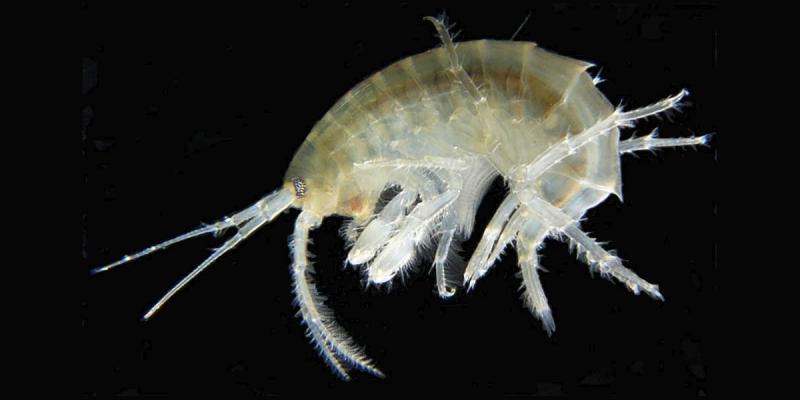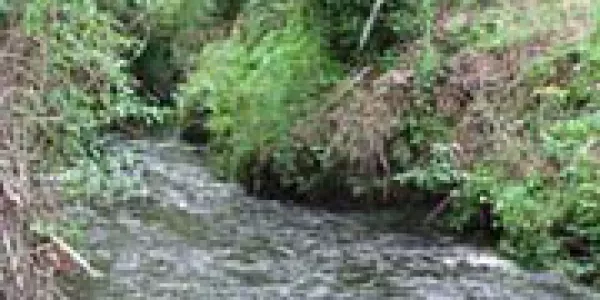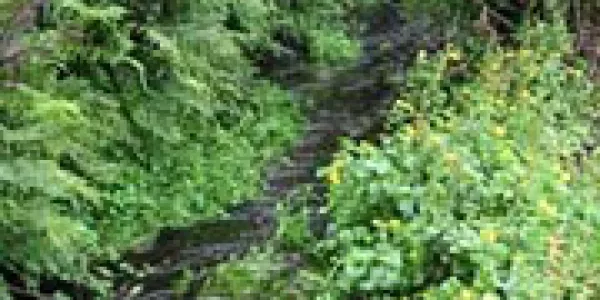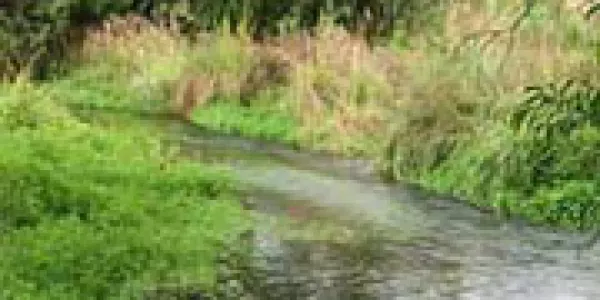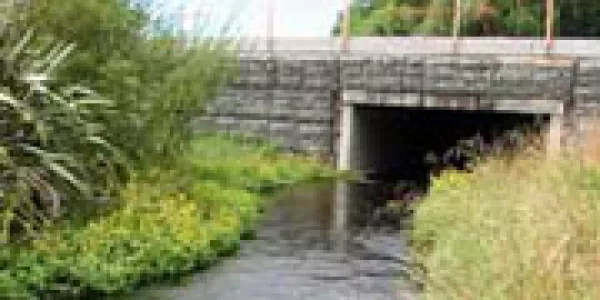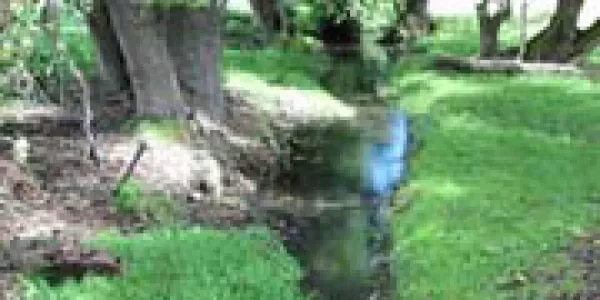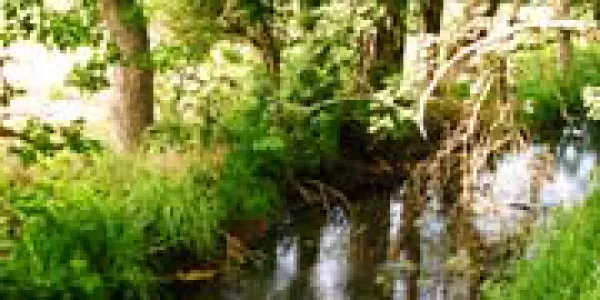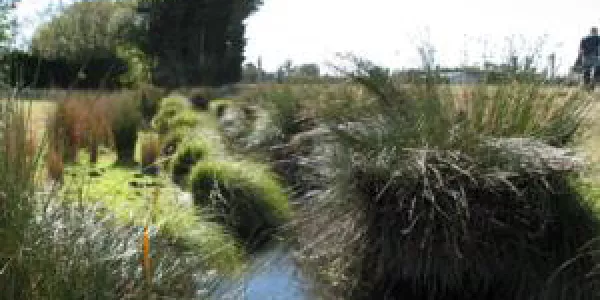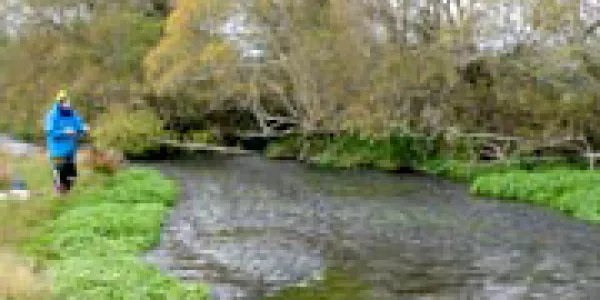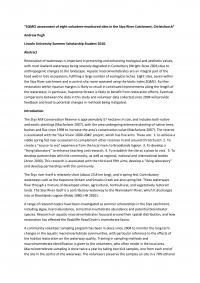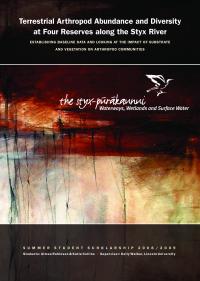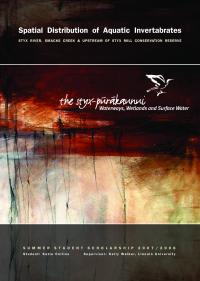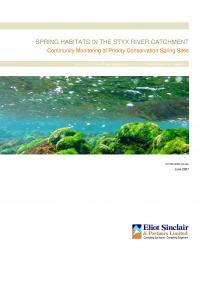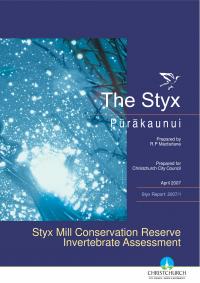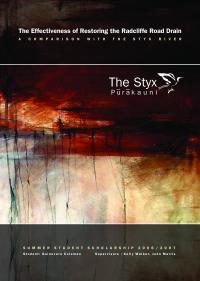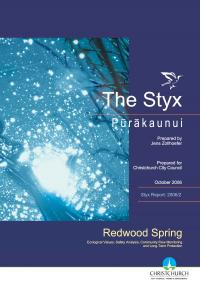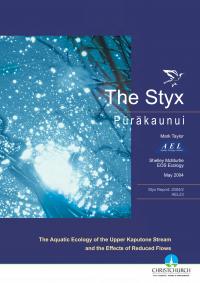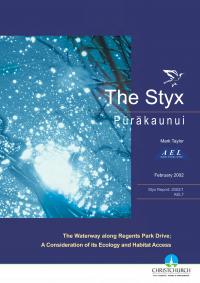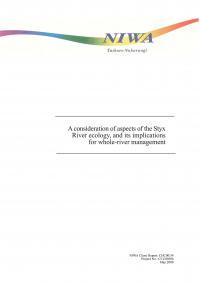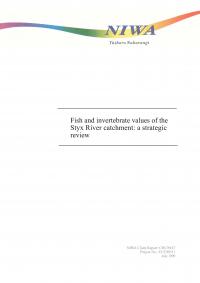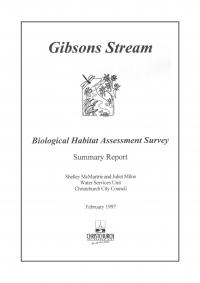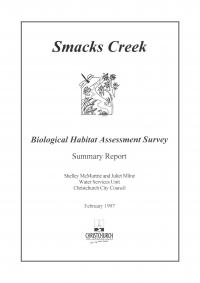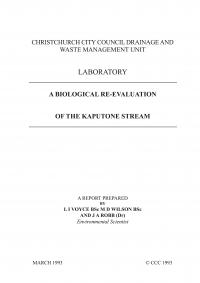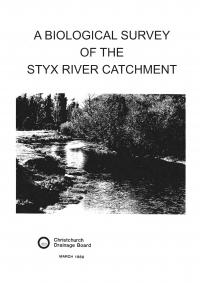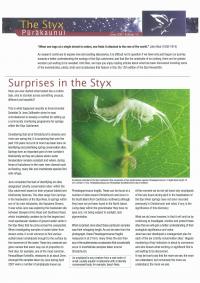Invertebrates
Invertebrates are small animals without backbones. Despite their small size they represent the most diverse group of animals on the planet. Of the 1.5 million known species, 97% are invertebrates (1.3 million total). Not surprisingly invertebrates have adapted to, and are found, living in every kind of environment, including waterways. Invertebrates that are associated with waterways are known as ‘aquatic invertebrates’.
In waterways and lakes there are many different types of invertebrates including insects, molluscs, worms, flatworms, crustaceans, spiders and hydra. Of these groups, insects contribute the largest number of different species. Mostly the larval, or immature stage, is aquatic, living under the water; whereas most adult insects are terrestrial, that is, they live on land. Invertebrate groups that are found in streams:
Although invertebrates are small and often overlooked, they play an important role in the ecosystem of a waterway.
Many small invertebrates feed on plants, for example leaf litter, twigs, and aquatic plants, taking in the energy the plants harnessed from the sun. When larger predatory invertebrates, or fish, eat these smaller invertebrates, they too are provided with energy. The same happens when larger fish or birds feed on the predatory invertebrates or smaller fish. This process is known as a food chain or food web.
Because the adult stage of aquatic insects is usually land based, they also contribute to terrestrial food webs, becoming a source of food for spiders, birds and other animals that live on land.
Consequently these aquatic invertebrates, which are frequently overlooked, are an essential part of both waterway and terrestrial ecosystems.
Additionally, aquatic invertebrates are useful in determining the health of a waterway. Because of their close links to the environment they respond quickly to any changes to that environment. Variation in substrate type, water flow patterns, water quality or water temperature occur, often as a result of changes in land use around the waterway or within the catchment, and this results in noticeable changes within aquatic invertebrate communities.
Aquatic insects also respond to changes in the types of vegetation growing along a waterway, because the adults rely on this vegetation for food and shelter. 'Clean water taxa' is the term used to describe aquatic invertebrates that are most sensitive to habitat degradation. Changes in the number and type of clean water taxa in a waterway will give a clear indication of whether the health of the waterway is becoming degraded, or is improving in health.
Objectives
There are a number of reasons for collecting information about the Styx River and its tributaries. These include:
- To monitor habitat, aquatic plants and invertebrate communities over time.
- To ascertain if there are any trends between changes in habitat and changes in invertebrate communities over a period of time.
- To compare invertebrate communities in the Styx with invertebrate communities in other catchments within the Canterbury region.
- To improve understanding of the current state of the in-stream habitat and invertebrate communities.
Firstly, assemble all necessary equipment including 1 long handled fine mesh net, 4 large pottles, preserving ethanol, waterproof labels and a pencil. Waterproof waders are often worn when collecting invertebrate samples.
First step
- Enter the water at the zero metre point. Two samples are to be collected at this point.
- Positioning your net to collect dislodged matter, disturb the substrate with your foot in a 30 cm band upstream of the kick net. If there are macrophytes in your sample area use your hand to brush them before collecting the sample, as this should dislodge any invertebrates into the water.
- Move to the side of the channel you entered from and carefully swirl the kick net in the water being careful to keep the mouth of the kick net above the water. This is to wash out any fine sediment.
- Splash water on the outside of the net to wash all of the sample material taken into the bottom of the kick net.
- Up-end the kick net sample dropping all the contents into a large pottle.
- Add some water from the stream and enough ethanol to make up an alcohol solution of approximately 70%. If the sample contains a lot of plant material or fine sediment more ethanol will be required.
- Screw the lid on the pottle and attach a waterproof label to the pottle. Details on the label should include the site, date and transect number. Write on the waterproof label in pencil, as ink will dissolve if it comes into contact with alcohol.
Second Step
- Repeat this whole process again, only this time the sample should be taken near the centre of the channel and for a distance of approximately 60cm across the channel in line with the zero transect marker.
- After having collected 2 samples in line with the zero boundary of the monitoring site exit the stream.
Third Step
- This process is again repeated at the upstream 10 metre transect mark where 2 further samples should be taken.
The resulting samples are now ready to be taken to a laboratory where each sample will be sorted using a microscope, and all invertebrates counted, identified and recorded. The numbers of each invertebrate type are then converted to a percentage abundance value.
Freshwater invertebrates are composed of aquatic insects such as mayflies, caddisflies, stoneflies, dragonflies and true flies (e.g.chironomid midges, blackflies), molluscs such as snails (especially the common mud snail Potamopyrgus) and filter-feeding bivalves (e.g., fingernail clams and freshwater mussels), crustaceans such as freshwater shrimps and amphipods, and worms. These animals play a vital role in transferring plant based material into animal biomass, which is available to higher predators such as fish and birds. They also have biodiversity and ecological values, and almost all freshwater invertebrates are native to New Zealand and found nowhere else in the world.
Freshwater invertebrates are influenced by environmental variables such as water velocity, depth, substrate size and the presence of silt, as well as water quality. They are also controlled by biological interactions with algae, macrophytes, other invertebrates, and fish. Because of their close link to the stream environment, they are often used as indicators of stream health. Members of the Mayfly, Stonefly, and Caddisfly orders (or Ephemeroptera, Plecoptera and Trichoptera: EPT) in particular are relatively intolerant to stream degradation, and are often scarce or absent in rivers flowing through highly modified catchments as a result of organic enrichment, sediment inputs, and high temperatures. Their presence within a river is consequently often used to indicate streams of high “ecological health”.
Urban development has dramatic effects on stream health, reflecting changes to stream flow, loss of terrestrial and bankside vegetation, and reduction in water quality. Such changes result in streams with low biodiversity values. Although we do not know what the habitat conditions of the Styx River were like prior to European settlement, we can fairly confidently state that it would have been a relatively fast flowing spring-fed river that flowed over a coarse streambed of cobbles and gravels - similar to what the nearby Otukaikino Stream is currently like. Water quality would have been high. The streamside vegetation would have been a mixture of flaxes, tussocks, native shrubs and trees that would have shaded the river in places. Urban development has resulted in a loss of the native vegetation, and a replacement with non-native grasses, shrubs and deciduous trees. This would have altered the timing and quantities of organic inputs into the river. Stream flows are also likely to have been reduced as a result of drainage, and the increased quantities of impervious surfaces within the catchment that would have lowered the amount of water entering the ground. Sedimentation in the river has increased considerably, and this has been exacerbated by large areas of introduced macrophytes such as Potamogeton crispus and Elodea canadensis that trap fine sediments. Water quality, although still good at base flow, would undoubtedly decline when it rains as a result of stormwater entering the river, flushing with it a large amount of different contaminants from the surrounding urban areas.
These changes have occurred to a great extent in the Avon and Heathcote rivers, and to a lesser extent in the Styx. As a result, there have been dramatic changes to the invertebrate faunas of these rivers. In particular there has been a loss of mayfly and stonefly taxa from the Avon and Heathcote rivers, and a shift in community to tolerant animals such as worms, snails and midges. The invertebrate communities of these rivers are now dominated by tolerant invertebrates such as worms, snails (Potamopyrgus, Sphaerium and Physa), the amphipod Paracalliope, and a variety of midges. This fauna is indicative of relatively degraded conditions when compared to non-urban streams. In contrast, urban development within the Styx has not been as extensive as in the Avon and Heathcote catchments, so the invertebrate fauna here is more diverse, with more of the sensitive EPT animals being found there. Indeed, a total of 13 EPT taxa have been found in the Styx – 12 caddisfly and the common mayfly Deleatidium. This latter animal used to be found in the Avon, but has disappeared since the 1990’s, so its importance in the Styx can not be over-emphasised.
Recent assessments of the invertebrate communities in the Styx River to those of other urban and rural rivers around Christchurch showed that the invertebrate community of the Styx is more similar to that of rural rivers near Christchurch, and it is in better health than either urban or semi-urban rivers around Christchurch. When compared to urban streams nationally, the fauna of the Styx River had some of the highest rankings for the percentage of mayflies and caddisflys. Many other metrics for describing the invertebrate communities were in the top 20% of values for urban streams nationally. The only other stream within the greater Christchurch area to support as many EPT taxa was the Otukaikino, which flows through a rural catchment. Despite these high values, there is strong evidence that sensitive taxa such as the mayfly Deleatidium may be disappearing from the Styx catchment. The Styx River can be regarded as representing an area of extremely valuable biodiversity within the Christchurch city area, as it supports as many EPT taxa as rural streams. As such, from a local perspective, the river has high ecological values. However, the ecological health of this river may be regarded as being in a transitional state between a healthy rural stream, and a less healthy urban stream.


